What about continuing our eco-travelling around the most beautiful places around the world, places, where you will be able to unite with the nature and fell its virgin beauty.
So, today we are going to visit the Caribbean islands, Nepal with Tibet, Brazil, Costa Rica and Indonesia.
CARIBBEAN ISLANDS
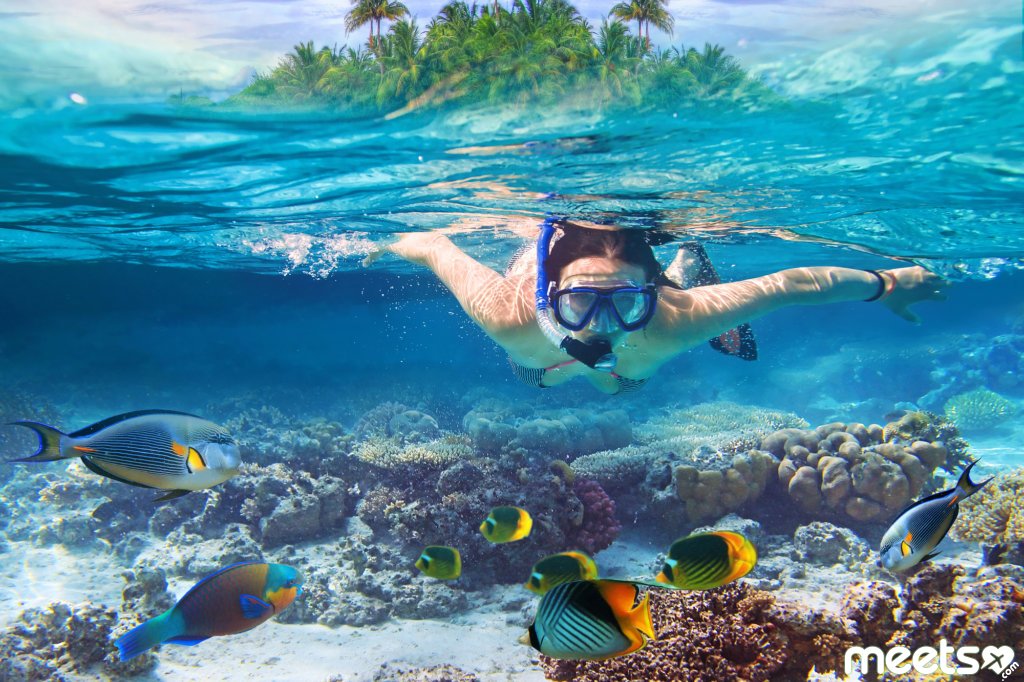
Cuba, the Virgin Islands and Bahamas are surrounded by huge coral reefs and covered with palm trees. There are sperm whales, humpback whales and dolphins here. Seals and American manatees inhabit the island of Jamaica. Also in the Caribbean sea there are about 170 species of amphibians and about 450 species of fish, many of which can be seen only here, among them you can find tiger shark, silk and the Caribbean reef sharks, the flying fish, the sea devils, the angel fish, the Speckled butterflyfish, parrot fish, grouper goliath, tarpon and moray eels. All this needs to be seen at least once in a lifetime.
NEPAL AND TIBET
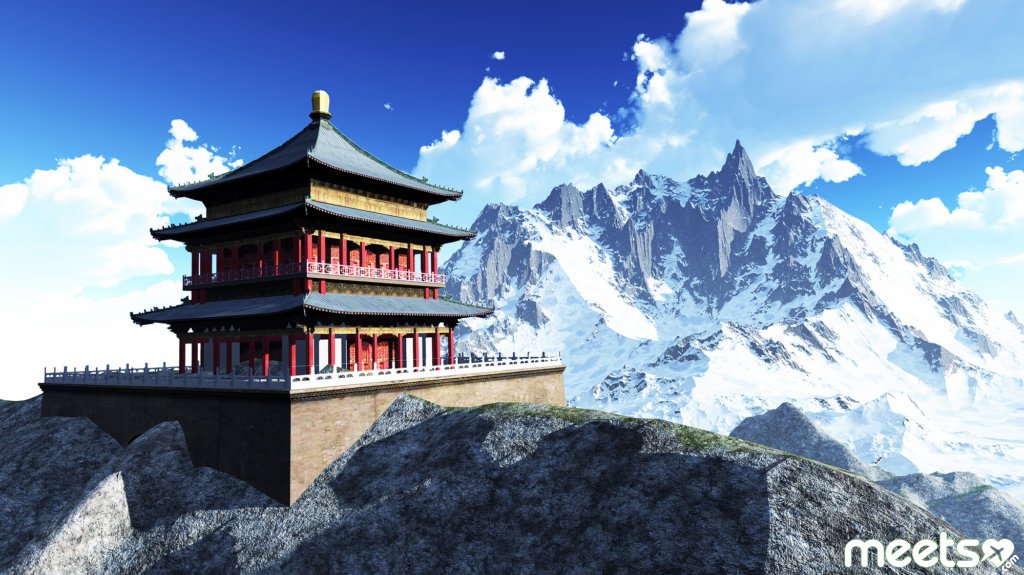
If you have not dreamed of conquering Everest, then at least you should see the Himalayan ranges of Nepal and Tibet with your own eyes. The snow-white peaks of the highest mountains of the world, caravans of yaks, rocky forests and whole arrays of rhododendrons … And amidst all this beauty you stand with a small backpack over your shoulders. And like the impassable walls the Himalayan peaks in the north of the Indian subcontinent will stand in front of your eyes. And if until this visit you have never made trips to the mountains, from now you will be eager to return here again and again.
PANTANAL
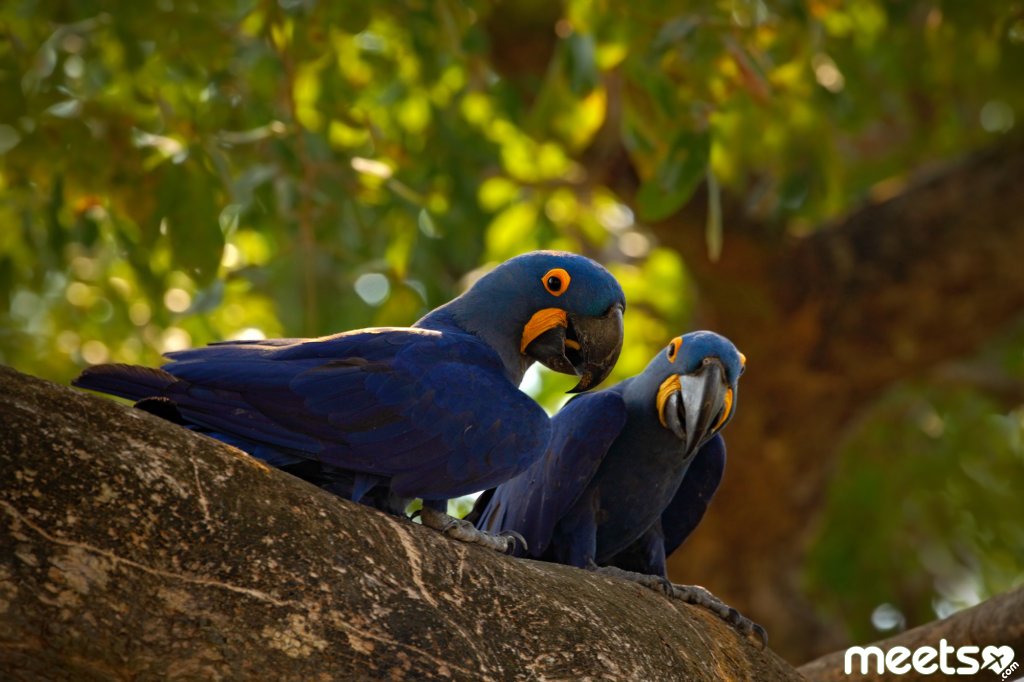
This is a vast wetland in Brazil, Paraguay and Bolivia. Due to the large area, the region is considered as the biggest tropical nature reserve in the world. Here you can observe the rarest species of animals, birds, reptiles and plants. Only about 20 million crocodiles live here! Many animals, whose populations are thriving here, are considered to be endangered in other parts of the world: the giant anteater, armadillo and otter, jaguar, the hyacinth macaw, the deer of the marshes and pampas, the Brazilian tapir and many others. In the Pantanal they can be observed in their natural habitat. Unlike the Amazon jungle, there is plenty of open space to watch these animals free.
VOLCANOES OF COSTA RICA
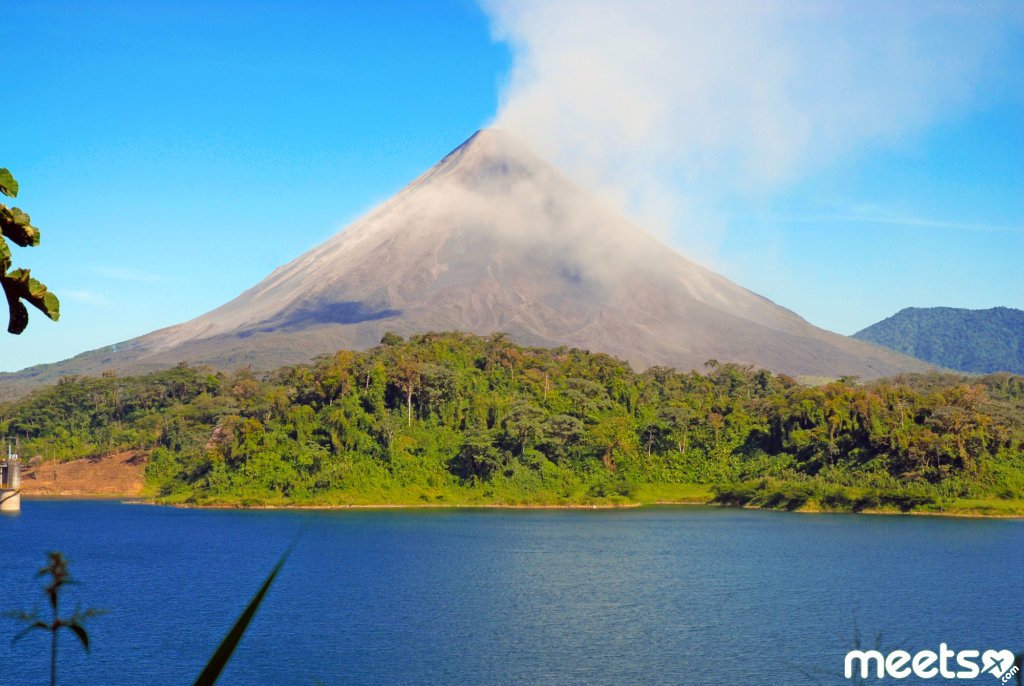
Thanks to tropical forests and nature reserves, there is really something to see in this country. Seen once landscapes of Costa Rica, which is also called “Central American Switzerland”, will stay forever in your mind. Approximately 18% of the territory is given for reserves and national parks. However, active volcanoes is a special attraction. For example, from the observation platform of the Poas volcano you can see the clouds of steam and smoking haze from a boiling lake located in the main crater, tropical forests inhabited by hummingbirds and orchids. The active volcano Irazu is even more picturesque here. It is also called the “natural powder keg”, and it occupies approximately 500 kilometers of the territory. The main crater of the volcano with its sparkling green lake and steep sheer walls of lava and ash look really impressive.
INDONESIA
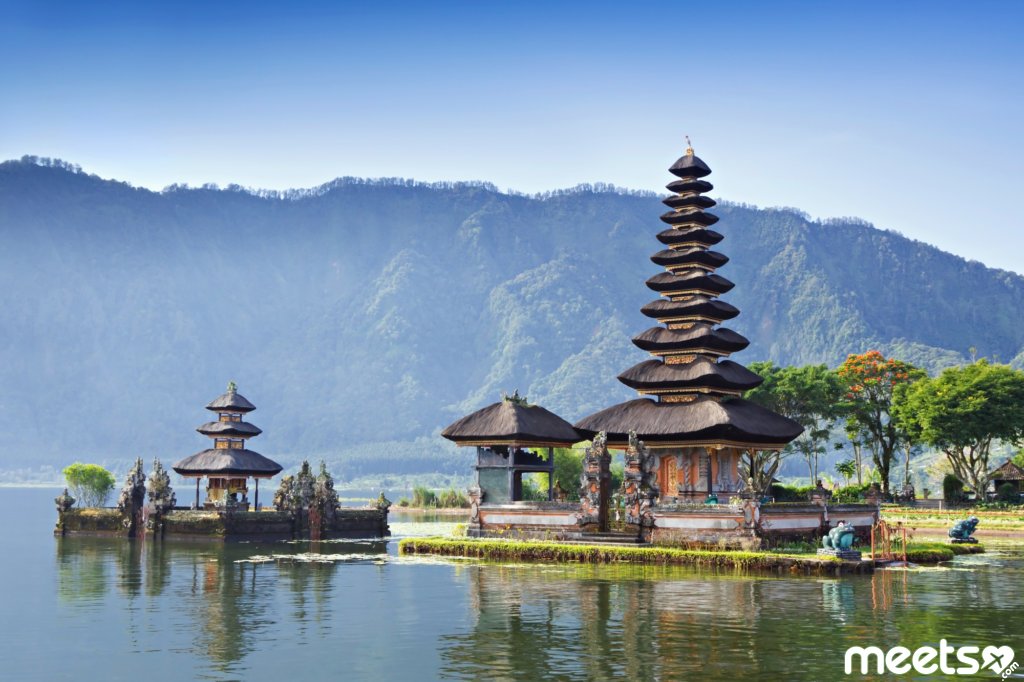
The state has the richest fauna among all countries of the world. There are 515 species of mammals, 1,531 species of birds, 122 species of butterflies, more than 600 species of reptiles and more than 270 species of amphibians here. Also, the country boasts of its magnificent tropical forests and a rich marine life. There are amazing coral reefs here, and beaches with huge waves make the country very attractive for surfing fans. To tell the truth, Indonesia can be called the land of contrasts: high mountains and dangerous volcanoes, underwater caves and endless beaches can be found here.
It’s the end of our fantastic trip around 10 the most eco-friendly countries of the world where you can feel all the majesty and beauty of our mother nature!
Don’t forget to read the first part of our wonderful eco-travelling!

